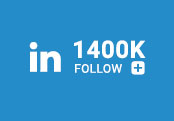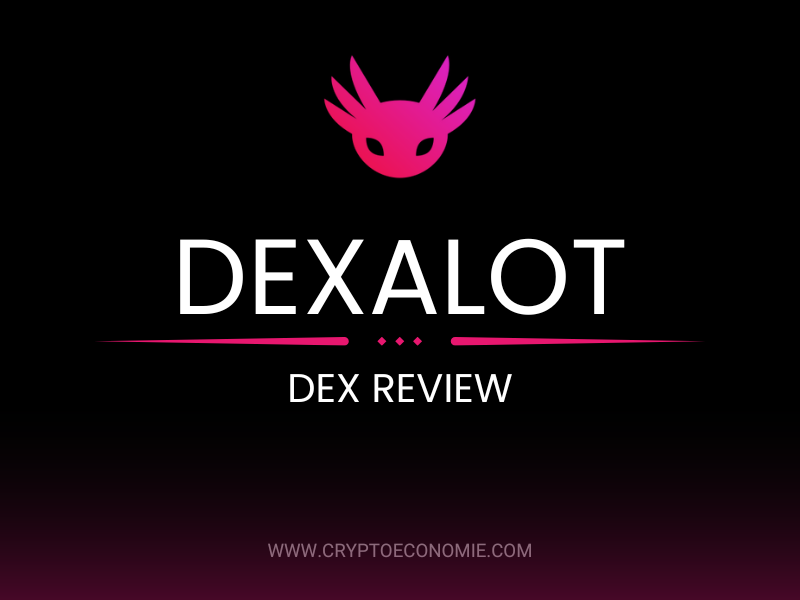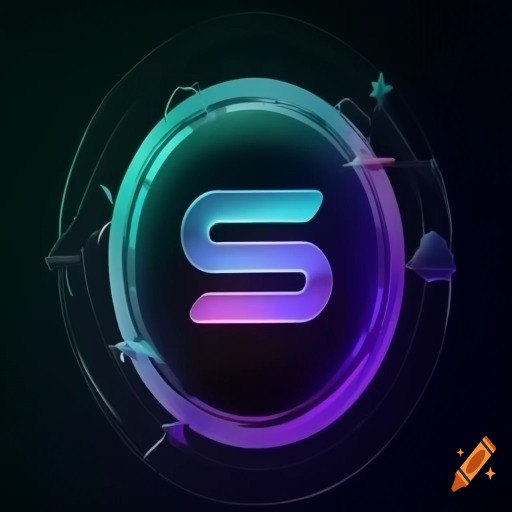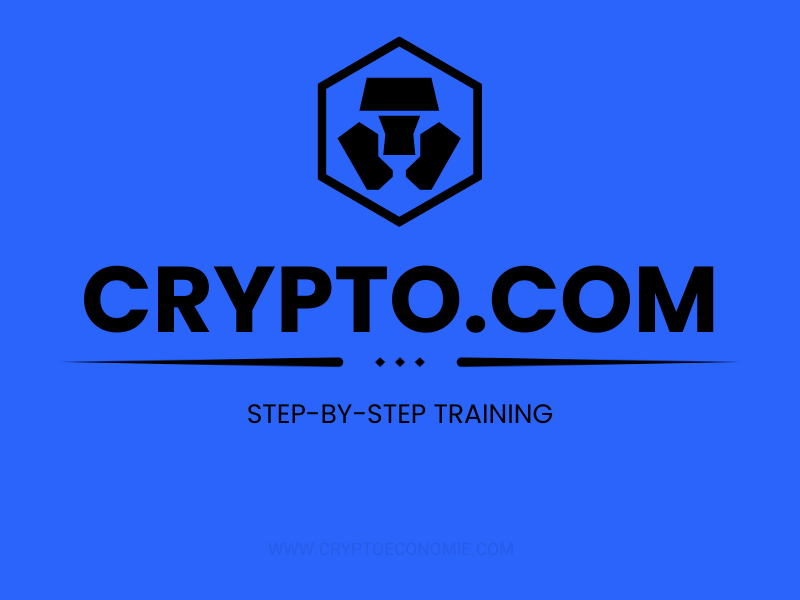osmosis dex review

Discover our in-depth Osmosis DEX review! Explore its features, user experience, and advantages in the world of decentralized trading. Make informed decisions!
The rapid advancement of blockchain technology and the cryptocurrency landscape is continuously enhancing our capabilities while addressing existing vulnerabilities. In the past, we relied on centralized exchanges for transactions, which compromised the privacy and decentralization that blockchain aims to provide.
Thanks to smart contracts, decentralized exchanges (DEXs) have emerged, with Uniswap on the Ethereum network being a prominent example. Notably, the first DEX has also been launched on the Cosmos network, a next-generation blockchain designed with a focus on interoperability and scalability.
Osmosis stands out as the first automated market maker (AMM) on this network, offering unique features. In this article, we will explore what Osmosis is, its objectives, how it operates, and the services it provides. Additionally, we will discuss the OSMO cryptocurrency, including how to purchase and store it, as well as its roadmap, partnerships, and investment opportunities.
What is Osmosis?
Osmosis is a sophisticated automated market maker (AMM) protocol that empowers developers to create custom AMMs featuring strong liquidity pools. Built on the Cosmos SDK, Osmosis utilizes the Inter-Blockchain Communication (IBC) protocol to facilitate cross-chain transactions.
The Cosmos ecosystem operates under the "Blockchain as a Decentralized Application" model, positioning Osmosis as a blockchain linked to the Cosmos Hub, which functions as a decentralized exchange.
Thanks to IBC, Osmosis can connect with the entire Cosmos ecosystem, which boasts over $10 billion in native assets. Following its integration with blockchains on the Cosmos Hub, the project plans to extend its connectivity to other networks, including Ethereum and Bitcoin.
Osmosis enables users to establish liquidity pools with customizable parameters. Unlike traditional liquidity pools that require two tokens in equal ratios, Osmosis allows for the creation of pools with varying ratios. Additionally, the reward structure within Osmosis is designed to be flexible and rewarding.
How does Osmosis work?
Osmosis distinguishes itself from other automated market makers with its unique features. We will explore some of these features below.
Customizing liquidity pools
Most AMMs limit how much you can change liquidity pools. Uniswap, for instance, only allows pools with two tokens in equal amounts. It also sets a swap fee of 0.3%. This simple setup was a good start. As DeFi grew, more options became necessary.
An AMM's ideal swap fee depends on things like block time and market changes. High market volatility may call for a higher swap fee. Osmosis lets users spot chances to make the most money. They do this by changing different pool settings. This flexibility should cause more people to use AMMs in new ways. Market participants can fine-tune pools to match their trading strategies. Liquidity providers can also adjust to changing market conditions. This customization can attract more liquidity and increase trading activity.
Independently governed liquidity pools
Liquidity pool parameters must be adjustable. Coordination among depositors is required. The independent governance of Azmosis pools allows for diverse pools. These pools can have different risks and strategies. Consider a pool that adjusts swap fees. Depositors might vote to lower fees to attract more volume. Another pool might increase fees for less common trading pairs.
Your liquidity determines your ownership and voting power. Stake is locked to encourage long-term liquidity. Higher stakes and longer lock times grant greater voting rights. This system lets big depositors influence pool decisions.
For example, a whale depositor could vote on protocol changes.
Long-term commitment prevents some attacks. It also creates fairness among liquidity providers. Those who risk more assets for longer get greater rewards. They also have more say in strategic decisions.
Someone who locks up assets for a year will have more influence. They will have more influence than someone locking up assets for a week. This ensures those committed to the pool's future have more control.
Osmosis expects the market to find the best level for each setting. There should be no conflict between liquidity providers. Those who disagree with pool decisions can leave. They can create a rival pool with their own rules.
This promotes competition and innovation in the DeFi space. Imagine a group that disagrees with a pool's fee structure. They could create a new pool with lower fees and different incentives.
AMM as a Service Infrastructure
Decentralized finance products keep growing in number and complexity. These products include pegged assets, derivatives, and tokenized positions. Each has unique traits. When combined with the right bonding curve, market efficiency improves. A bonding curve shows the relationship between an asset's price and supply.
Many financial instruments need an efficient automated market maker. To get this, we only need to set the price function and some other parameters. In automated market makers, you often use an existing curve. This curve may not be the best. You might have to build your own pool. This can be hard work. Osmosis offers AMM as a Service to solve this.
Osmosis makes it easier to create an optimal pool. Pool creators can adjust the bonding curve easily. They can also reuse most of the key AMM parts. This lowers the barriers to entry.
Who are the Osmosis development team and what is their background?
Osmosis was created by Sunny Aggarwal and Josh Lee. Aggarwal studied electrical engineering and computer science at the University of California, Berkeley. In 2017, he did research at Tendermint. The next year, Aggarwal founded Sikka. Sikka focuses on helping people take part in networks. Sikka is a top validator for Cosmos Hub, Kava, and Akash. Validating helps these networks run smoothly.
Josh Lee co-founded Osmosis Labs. He went to Anderson University in Indiana. Lee worked with Aggarwal at Tendermint. After that, Lee created Chainapsis. Chainapsis made the Keplr wallet. Keplr is useful for Cosmos and other chains. It lets people manage their digital money.
Sikka and Chainapsis are key Osmosis partners. Sikka is based in Singapore. Chainapsis is a Korean company. In 2021, Osmosis raised $21 million. This was during their Phase 1 funding. Paradigm invested in Osmosis. Ethereal Ventures and Figment also invested. Do Kwon, who started Terra Network, invested too. Nascent and Robot Ventures were other investors. Crunchbase has this investment data. These investments helped Osmosis grow.
Key Features
1. Customizable Liquidity Pools
Osmosis allows liquidity providers (LPs) to create custom liquidity pools that can feature various token combinations. This flexibility permits users to tailor their investment strategies based on personal risk tolerance and market conditions. LPs can also set their own fee structures, which can be attractive for traders seeking lower costs.
2. Interoperability with Cosmos Ecosystem
Being built on the Cosmos SDK, Osmosis benefits from the Inter-Blockchain Communication (IBC) protocol. This enables seamless token swaps and liquidity sharing across multiple blockchains within the Cosmos ecosystem, enhancing exposure to various assets while expanding the user base.
3. Community Governance
Osmosis employs a governance model that empowers its community. Token holders can propose and vote on protocol changes, including adjustments to liquidity incentives and fees. This democratization of decision-making fosters a more engaged and responsive community.
4. Continuous Incentivization
To attract liquidity, Osmosis introduced liquidity incentives, where LPs earn rewards in the form of the platform’s native token, OSMO. The combination of earning transaction fees and additional rewards creates a compelling environment for liquidity provisioning.
Users can stake their OSMO tokens to further earn rewards, creating a robust yield-generating ecosystem.
5. User-Friendly Interface
One of the standout features of Osmosis is its intuitive and user-friendly interface. Designed with both seasoned DeFi users and newcomers in mind, the platform makes it easy to navigate liquidity pools, perform swaps, and manage assets.
Advantages of Osmosis DEX
Decentralization: By eliminating central authorities, Osmosis offers users greater control over their assets, lower risk of censorship, and enhanced privacy.
Fees: With customizable fee structures, users can participate in trading with lower transaction fees compared to centralized exchanges.
Earning Potential: Liquidity providers can earn rewards from transaction fees and additional incentives, creating multiple income streams.
Flexibility: Support for various assets and liquidity pools allows for greater diversification and investment strategies.
Drawbacks of Osmosis DEX
Volatility and Risk: As with any DeFi platform, users are exposed to impermanent loss, particularly in highly volatile markets. Custom pools may also lead to unexpected risks.
Complexity for New Users: While the interface is user-friendly, newcomers to DeFi may still find the concepts of liquidity provision and yield farming challenging to understand.
Limited Asset Selection: Compared to larger centralized exchanges, Osmosis supports a more limited selection of assets, which may deter traders seeking access to mainstream cryptocurrencies.
Conclusion
Osmosis DEX represents a significant advancement in the decentralized trading space, offering innovative features and a user-centric approach that caters to both liquidity providers and traders.
With its focus on customization, community governance, and interoperability, Osmosis is well-positioned to capture the interest of users looking for alternative trading solutions within the DeFi landscape.
As with any financial platform, users should conduct their own research and exercise caution when participating in liquidity provision and trading.
The potential rewards are substantial, but they come with inherent risks that need to be understood. In the end, Osmosis DEX stands out as a promising option for those looking to navigate the world of decentralized finance.
Related News


Add a Comment
Please login to your account to post a comment.
Popular News
A Golden year for gold Could Bitcoin reach new price highs following gold lead?
2024-09-27 07:39:00
Meta $4.5 billion loss in the last 3 months. Metaverse bubble destruction domino activated?
2024-08-02 13:44:00
Important tips for the successful entry of inexperienced people into digital currencies
2024-03-14 10:32:00
TonKeeper Wallet Tutorial
sunswap review
comprehensive coinbase exchange review











cryptoeconomie is an independent media outlet covering the cryptocurrency industry. Its journalists adhere to a strict set of editorial policies. cryptoeconomie has adopted a set of principles aimed at ensuring the integrity, editorial independence and freedom from bias of its publications. cryptoeconomie provides essential analysis of the cryptocurrency market. Our goal is to inform, educate and share valuable information with our readers. Our editorial content is based on our passion for providing unbiased news, in-depth analysis, comprehensive cryptocurrency price charts, insightful opinions, as well as regular reporting on the social transformation that cryptocurrencies are bringing. We believe that the world of blockchain and cryptocurrencies will grow exponentially and become an integral part of our daily lives. We work every day to help educate our readers and raise awareness of the complexities and benefits offered by today’s digital revolution.
Categories
© Copyright 2025 cryptoeconomie.com . Design by: uiCookies
























Comments